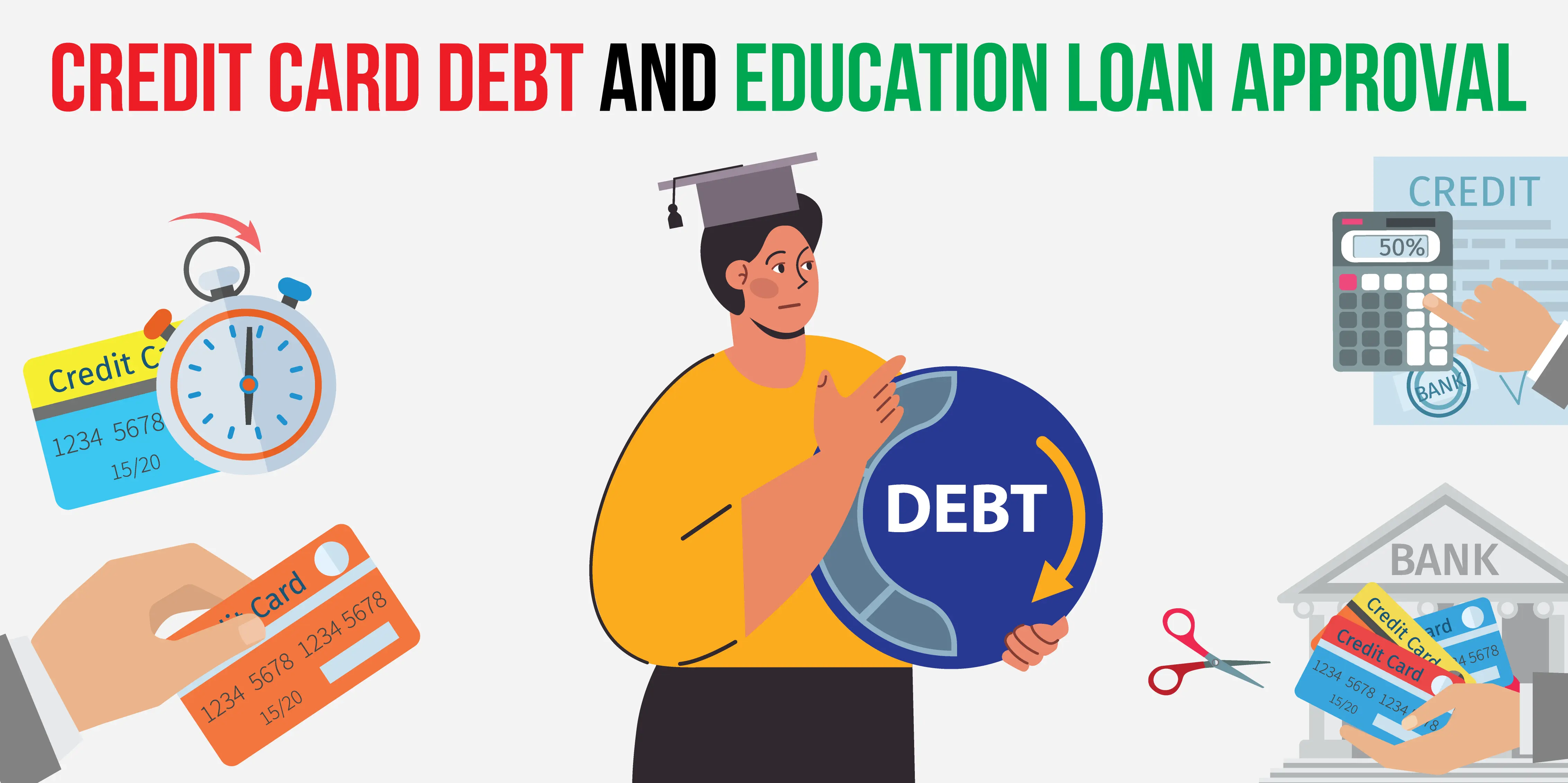https://www.wemakescholars.com/blog/how-rbi-repo-rate-affects-education-loan-interest-rates
RBI's Role in Education loan Interest Rates
Abroad Education Loan | Updated on ()

Pursuing higher Education abroad is not just exciting but also financially challenging. Education loans are a great relief to students with high academic goals. They help students by providing financial support and enabling them to achieve their dreams.
But students, what if I tell you that the interest rate of your education loan may change? Yes, you heard that right. The interest rates may increase or decrease if the loan is taken out on a floating interest rate. These changes occur in response to changes in the RBI Repo rate.
Read further to understand what the Repo rate is and how it affects education loan interest rates.
What is the Repo Rate?
- Repo rate refers to the Repurchase agreement, which is the rate of interest at which the Reserve Bank of India (RBI) lends money to commercial banks.
- The RBI offers money to lenders against government securities when there is a short-term need for funds, at a certain rate of interest.
This is done to regulate liquidity and maintain financial stability in the country.
- A reduction in the repo rate can make borrowings cheaper for banks, which indeed allows them to offer loans at lower interest rates to customers.
- A high repo rate can make it expensive for the banks to borrow money from the Reserve Bank (RBI), apparently forcing banks to pass on that extra interest to customers on their respective loans.
- Hence, a change in the repo rate can significantly impact the loan interest rates at which a student borrows from the banks, and the EMIs during the loan repayment tenure, based on the loan amount and EMIs.
Why Does RBI Increase or Decrease the Repo Rate?
RBI can increase the Repo rate or decrease the repo rate, depending on the financial stability of the state. Let us understand in what circumstances the RBI does this.
- To Control Inflation: The RBI increases the repo rate to control inflation*. When the prices of goods and services increase, it becomes expensive for the banks to borrow money from the central bank. This reduces the supply of money in the economy, which helps control inflation.
- To Support Economic Growth: The RBI decreases the Repo rate when there is an economic slowdown. An increase in liquidity can enhance economic growth. Lowering the repo rate can encourage banks to borrow money, thus helping banks to lend money at a lower interest rate to customers for businesses, individuals, etc, which stimulates economic growth.
* Read: How to Choose the Right Education Loan During High Inflation?
Thus, a change in repo rate can directly impact consumers, businesses, Loan borrowers, etc., including education loan interests.
How Banks React to Changes in the RBI Repo Rate
Banks certainly increase the interest rate if the repo rate is increased. They cut down the interest rates if the repo rate is reduced. Let us understand how they work in both cases.
Impact of Repo Rate Increase
- Increase in Interest Rates: Banks also respond by increasing their interest rates, making it more expensive for individuals to take loans. Banks borrow money from the central bank (RBI) at slightly higher interest rates; this extra interest is passed on to borrowers.
- Cost of Availing Loans Increases: Loans become more costly with an increased repo rate. High interest rates are charged on home loans, personal loans, vehicle loans, and certainly, Education Loans. With increased interest rates, the principal amount, along with the interest rate, becomes a lump sum amount, increasing the cost of loans.
- Boosts Deposits: Banks offer better interest rates on savings deposits and fixed deposits. Individuals with savings intent can utilize this opportunity for better returns.
- Controls Inflation: Generally RBI uses this mechanism to control inflation. With the rise in the repo rate, less money is circulated in the market. Demand decreases. This leads to a gradual reduction in prices.
Impact of Reduced Repo Rate
- Makes Loan Affordable: The decrease in the repo rate makes lenders borrow at lower interest rates from the central bank. Eventually, lenders cut down the interest rates at which they lend money, and with this decrease in interest rates, loans become more affordable to borrowers.
- Impact on Loans: A decrease in the repo rate makes loans affordable. Personal loans, auto loans, home loans, and education loans will also become affordable
- Impacts on Deposits: With the reduced repo rates, banks certainly lower the interest rates on deposits also. So, banks attract lower deposits when the repo rate is reduced.
Impacts of Repo Rate on Education Loans
Repo rate can strongly influence education loan interests, particularly floating rate of interest education loans. As compared to fixed interest rates, floating interest rates are volatile and depend on market forces. If the repo rate is changed, lenders adjust their lending rates accordingly, having a direct effect on the interest rates of education loans. This leads to variations in the overall amount of repayment as well as the monthly EMIs.
When the Repo Rate is Increased
- High Interest Rates: Repo rates are one of the major factors on which the interest rates are decided for education loans. When repo rates are increased, banks also have to increase the interest rates on their education loans, making it expensive for students to take out loans.
- Increase in EMIs: A significant portion of the EMIs of an Education Loan is used to pay the interest on the Education Loan. As the interest increases due to the high Repo rate, the overall interest on the education loan also increases. So do the EMIs.
- Education Loans Become Costly: With the rise in repo rate, the cost of education loans also increases. Previously, we have learnt that the lenders borrow money from the central bank at a slightly higher interest rate. This makes lenders pass on the interest rate to students, making education loans expensive for them.
When Repo Rates are Decreased
- Affordable Education Loans: With reduced repo rates, the interest rates also come down. Banks offer education loans at slightly lower interest rates. Even a single percentage change in interest rate can save lakhs of money for students. So this encourages students to borrow Education Loans.
- Reduces the Overall Repayment Cost: A reduction in the repo rate can reduce the overall repayment cost. Because with the lower interest rates, the principal amount also reduces, this helps in reducing the number of EMIs and the overall repayment cost.
Conclusion
In this blog, we have explored what a repo rate is and how banks respond to its fluctuations, along with how the repo rate can impact education loan interest. A reduction in the repo rate can make education loans more accessible; conversely, a high repo rate can increase the interest rate of education loans.
Request a callback from WeMakeScholars to make informed decisions on education loans. We have a dedicated and experienced financial officer who can suggest the best fit based on your profile and extend support throughout the loan process.





Kindly login to comment and ask your questions about Scholarships & Education Loans